Zero-turn mowers have become a popular choice for both homeowners and professional landscapers due to their superior maneuverability and efficiency. These powerful machines are designed to make lawn maintenance faster and more precise, allowing users to navigate around obstacles with ease and significantly reduce mowing time. Their ability to turn on a dime and cover large areas quickly makes them ideal for maintaining well-manicured lawns.
However, with great power comes great responsibility. The importance of safety when operating zero-turn mowers cannot be overstated. Despite their benefits, zero-turn mowers can pose significant risks if not used properly. According to the Consumer Product Safety Commission (CPSC), zero-turn mowers are involved in nearly 40% of all lawnmower-related injuries annually. This alarming statistic highlights the critical need for safety awareness and proper operation to prevent accidents and injuries.
By understanding the unique features of zero-turn mowers and adhering to essential safety guidelines, you can enjoy the advantages of these machines while minimizing the risks. This guide will provide you with comprehensive safety tips and best practices to ensure a safe and efficient mowing experience.
Understanding Zero-Turn Mowers
What is a Zero-Turn Mower?
A zero-turn mower is a riding lawnmower known for its exceptional maneuverability. Unlike traditional riding lawn mowers with a steering wheel, zero-turn mowers utilize two independent steering levers, one for each rear wheel. This allows the mower to rotate on its own axis, achieving a “zero-turn” radius.
Key Features and Benefits
Zero-turn mowers offer several advantages over traditional mowers, making them ideal for homeowners with large, complex lawns or those seeking increased efficiency. Here’s a breakdown of some key features and benefits:
- Superior Maneuverability: The independent steering levers provide unmatched agility. You can navigate around obstacles, tight corners, and landscaping with ease.
- Efficiency and Time-Saving: Zero-turn mowers allow for faster mowing due to their ability to turn sharply and eliminate the need for wide three-point turns. This translates to significant time savings for maintaining your lawn.
- Precision Cutting: The zero-turn design allows for precise control over your mowing path. This is especially beneficial for achieving clean lines around flower beds, trees, and other landscaping features.
- Additional Features: Many zero-turn mowers come equipped with additional features that enhance comfort and convenience, such as comfortable seating, adjustable cutting decks, and cup holders.
Here are some additional points to consider when discussing zero-turn mowers:
- Engine Power: Zero-turn mowers come in a variety of engine sizes to accommodate different lawn sizes. Larger lawns may require a mower with a more powerful engine.
- Cutting Deck Width: The cutting deck width determines how much area you can mow in a single pass. Wider decks are ideal for larger lawns, while narrower decks might be better suited for smaller yards or those with obstacles.
- Comfort Features: Consider features like adjustable seats, armrests, and cup holders to enhance your mowing experience.
By understanding the key features and benefits of zero-turn mowers, you can determine if they are the right choice for your lawn care needs.
Zero Turn Mower Safety Checklist: Pre-Mow Inspection, Dressing for Safety, and Preparing Your Mowing Area
This checklist outlines the essential steps to take before operating your zero-turn mower, ensuring a safe and efficient mowing experience.
Pre-Mow Inspection:
A thorough pre-mow inspection is crucial to identify and address any potential issues that could compromise safety or mower performance.
- Check Tire Pressure and Tread Wear:
- Properly inflated tires ensure optimal handling and stability on uneven terrain. Refer to your mower’s manual for the recommended tire pressure.
- Inspect the treads for excessive wear or damage. Worn tires can reduce traction and increase the risk of accidents.
- Inspect Blades for Damage:
- Blunt or damaged blades can lead to uneven cuts and increased wear on the mower engine. Regularly sharpen or replace blades according to the manufacturer’s instructions.
- Look for cracks, bends, or any signs of loose attachments on the blades. Damaged blades pose a safety hazard and should be replaced immediately.
- Ensure Fluid Levels are Correct (oil, gas):
- Operating a mower with low oil or gas levels can damage the engine. Check the oil level and top it off if necessary. Refer to your manual for the recommended oil type and viscosity.
- Ensure you have enough gas to complete the mowing job. Running out of gas in the middle of mowing can be inconvenient and potentially hazardous.
- Verify Safety Features Function (seat belt, ROPS):
- Always wear your seat belt while operating the mower. This is the single most important safety measure you can take.
- Zero-turn mowers typically come equipped with a Rollover Protection System (ROPS). Ensure the ROPS is undamaged and functioning properly.
Dress for the Job:
Choosing the right attire protects you from debris, sun exposure, and potential injuries.
- Sturdy Shoes with Good Grip:
- Closed-toe shoes with good tread provide stability and traction while operating the mower on potentially uneven terrain. Avoid sandals, flip-flops, or any footwear that could slip off easily.
- Long Pants and Close-Fitting Clothing:
- Long pants protect your legs from scrapes and debris kicked up by the mower blades. Loose clothing can snag on levers or controls, so opt for close-fitting clothing.
- Eye Protection (goggles):
- Wear safety goggles to shield your eyes from dust, debris, and small objects that could be ejected by the mower blades.
- Hearing Protection (optional, but recommended):
- Zero-turn mowers can be noisy. While not mandatory, wearing earplugs or noise-canceling headphones can help protect your hearing from prolonged exposure to loud noise.
Preparing the Mowing Area:
Properly preparing your mowing area minimizes the risk of accidents and ensures a smooth mowing experience.
- Remove Obstacles (toys, rocks, branches):
- Clear the lawn of any toys, rocks, branches, or other objects that could be thrown by the mower blades and cause injury or damage to the mower itself.
- Mark Uneven Terrain or Drop-Offs:
- Uneven ground or drop-offs can pose a serious tipping hazard for zero-turn mowers. Identify and mark these areas with flags or stakes to avoid them while mowing.
- Clear People and Pets from the Mowing Zone:
- Keep children, pets, and bystanders at a safe distance from the mowing area to prevent accidental injuries. It’s best to have someone supervise them in a separate location while you operate the mower.
By following these simple pre-mow safety measures, you can ensure a safe and enjoyable mowing experience with your zero-turn mower. Remember, safety should always be your top priority.
Safe Mowing Techniques: Maneuvering Your Zero-Turn Mower with Confidence
Operating a zero-turn mower requires a different approach compared to traditional mowers. Here are some key techniques to ensure smooth, controlled mowing while prioritizing safety:
I. Slow and Steady Wins the Race:
- Maintain a Moderate Speed: While zero-turn mowers offer superior speed, resist the urge to mow too fast. A moderate pace allows for better control, especially on uneven terrain or around obstacles.
- Avoid Jerky Movements or Sudden Turns: Zero-turn mowers react quickly to steering inputs. Make smooth, controlled movements with the levers to avoid losing traction or causing the mower to jerk unexpectedly.
II. Mastering Slopes:
Mowing slopes requires extra caution due to the increased risk of rollovers. Here’s how to navigate them safely:
- Mow Up and Down Slopes, Never Across: Always mow directly up and down the slope, following the incline or decline. Mowing across a slope increases the risk of tipping over.
- Use Caution on Wet Grass, Which Reduces Traction: Wet grass significantly reduces traction, making slopes even more hazardous. Avoid mowing slopes when the grass is wet.
- Avoid Slopes Steeper Than 15 Degrees (check your mower’s manual for specific limits): Zero-turn mowers have a recommended slope limit for safe operation. Consult your mower’s manual to determine the specific limit for your model and never exceed it.
III. Turning and Maneuvering Safely:
Zero-turn mowers boast exceptional maneuverability, but it’s crucial to utilize this feature safely:
- Use Smooth, Controlled Movements with the Steering Levers: As mentioned earlier, avoid jerky movements. Make smooth, controlled turns by applying gradual pressure to the levers.
- Plan Your Turns to Avoid Obstacles and Uneven Ground: Before making a turn, be aware of your surroundings and plan your path to avoid obstacles and uneven ground that could cause you to lose control.
- Be Aware of Your Mower’s Turning Radius and Avoid Overhangs near Drop-Offs: Zero-turn mowers have a specific turning radius. Be mindful of this radius and avoid making sharp turns near drop-offs or uneven terrain where the mower could tip over.
By following these safe mowing techniques, you can master your zero-turn mower and achieve a clean, well-manicured lawn without compromising safety. Remember, prioritize smooth, controlled movements and always operate the mower within its capabilities.
Additional Safety Tips and Considerations for Zero-Turn Mower Users
While you’ve mastered the basics of safe operation, here are some additional tips to keep you and those around you safe while mowing with your zero-turn mower:
Watch Out for Bystanders and Pets:
- Maintain a Safe Distance from Others While Mowing: Always keep a safe distance from people and pets while operating the mower. A good rule of thumb is to maintain a distance at least twice the mower’s width.
- Have Someone Watch Children and Pets When Operating the Mower: Children and pets are naturally curious and may not understand the dangers of a zero-turn mower. If possible, have someone supervise them in a separate area while you mow.
Be Aware of Your Surroundings:
- Pay Attention to Your Path and Potential Hazards: Stay focused on your mowing path and be aware of potential hazards like holes, rocks, or uneven terrain. Hitting these obstacles can cause you to lose control or damage the mower.
- Mow in Daylight for Better Visibility: Operating a zero-turn mower in low-light conditions can significantly increase the risk of accidents. Aim to mow during daylight hours for optimal visibility.
Listen to Your Body:
- Take Breaks to Avoid Fatigue and Loss of Focus: Mowing your lawn can be physically demanding. Take breaks at regular intervals to avoid fatigue and maintain focus while operating the mower.
- Be Aware of Heatstroke Risks, Especially in Hot Weather: Mowing in hot weather can lead to heatstroke. Drink plenty of fluids, wear loose-fitting clothing, and avoid mowing during the hottest part of the day to prevent overheating.
Bonus Tip: Always familiarize yourself with your specific zero-turn mower model’s operation manual. The manual will contain important safety information, as well as instructions on operating the mower’s features and performing routine maintenance.
By following these additional safety tips and incorporating them into your mowing routine, you can ensure a safe and enjoyable experience while keeping your lawn looking its best. Remember, safety should never be an afterthought when operating a zero-turn mower.
Maintenance for Continued Safety: Keeping Your Zero-Turn Mower in Top Shape
Just like safe operation, regular maintenance is crucial for ensuring the continued safety and performance of your zero-turn mower. Here’s a breakdown of key maintenance practices:
Regular Maintenance Schedule:
Following a regular maintenance schedule helps identify and address minor issues before they become major problems. Here are some essential maintenance tasks:
- Sharpen or Replace Blades When Dull: Dull blades can tear grass instead of providing a clean cut. This not only affects the overall appearance of your lawn but can also place additional strain on the mower engine. Regularly sharpen blades according to the manufacturer’s recommendations or replace them when they become excessively worn or damaged.
- Check and Maintain Tire Pressure: Proper tire pressure is essential for optimal handling, stability, and even wear on the tires. Refer to your mower’s manual for the recommended tire pressure and check it regularly. Adjust the pressure as needed and don’t forget to inspect the tires for signs of wear or damage.
- Follow Manufacturer’s Maintenance Recommendations: Your mower’s manual outlines a comprehensive maintenance schedule specific to your model. This schedule typically includes tasks like oil changes, spark plug replacements, air filter cleaning, and lubrication of various components. Following these recommendations ensures your mower operates safely and efficiently throughout its lifespan.
Importance of a Safe Storage Environment:
When you’re not mowing your lawn, how you store your zero-turn mower also contributes to its safety and longevity:
- Store Mower on Level Ground: Park your mower on a flat, level surface to prevent it from accidentally rolling or tipping over. This is especially important if your mower has a hydrostatic transmission, which relies on pressurized oil for operation. Tilting the mower can cause air bubbles to enter the system, affecting performance.
- Engage Parking Brake and Lower Cutting Deck: Always engage the parking brake before storing your mower. This prevents accidental movement and potential injuries. Additionally, lower the cutting deck to prevent objects from getting lodged underneath and potentially damaging the mower when you start it up again.
By adhering to these regular maintenance practices and storing your mower properly, you can ensure it remains in safe working condition, ready to tackle your lawn care needs for years to come. Remember, a well-maintained mower is a safe mower.
Conclusion: Safe Mowing for a Beautiful Lawn
Taking care of your lawn doesn’t have to come at the expense of safety. By following the tips and techniques outlined in this guide, you can ensure a safe and enjoyable mowing experience with your zero-turn mower.
Recap: The Importance of Safe Mowing Practices
Zero-turn mowers offer exceptional maneuverability and efficiency, but it’s crucial to remember that they also require a safety-first approach. Here’s a quick recap of the key takeaways:
- Preparation is Key: Perform a pre-mow inspection, dress appropriately, and prepare your mowing area to minimize risks.
- Master Maneuvering: Operate the mower smoothly, avoid slopes exceeding the recommended limit, and be mindful of your turning radius.
- Safety First, Always: Keep bystanders and pets at a safe distance, mow in good lighting conditions, and prioritize your well-being by taking breaks and staying hydrated.
- Regular Maintenance Matters: Following a routine maintenance schedule ensures your mower remains in top condition and operates safely.
- Proper Storage is Essential: Store your mower on level ground with the parking brake engaged and cutting deck lowered for continued safety.
Leave the Reader with a Positive Takeaway:
With a little preparation, awareness, and the safety practices outlined in this guide, you can transform your zero-turn mower into a tool that helps you achieve a beautiful lawn with confidence. So, put safety first, fire up your mower, and enjoy the satisfaction of a well-maintained yard!

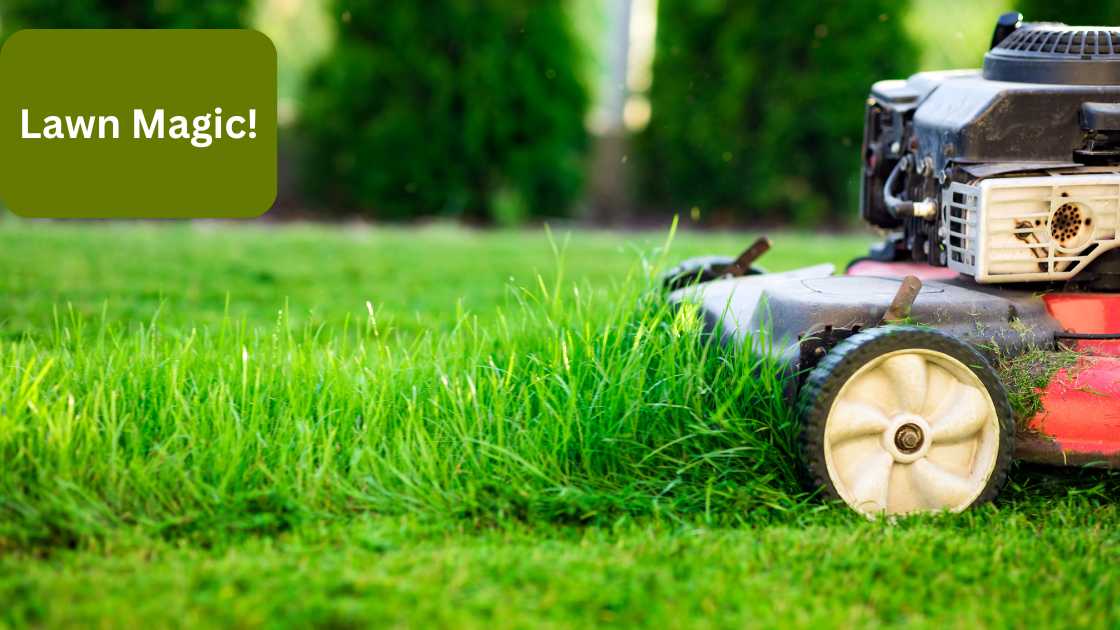
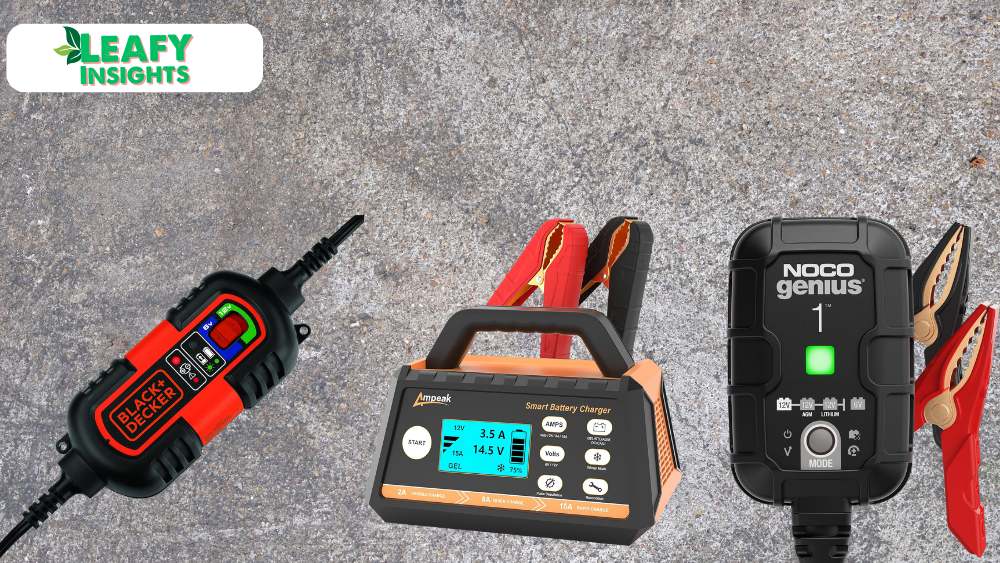
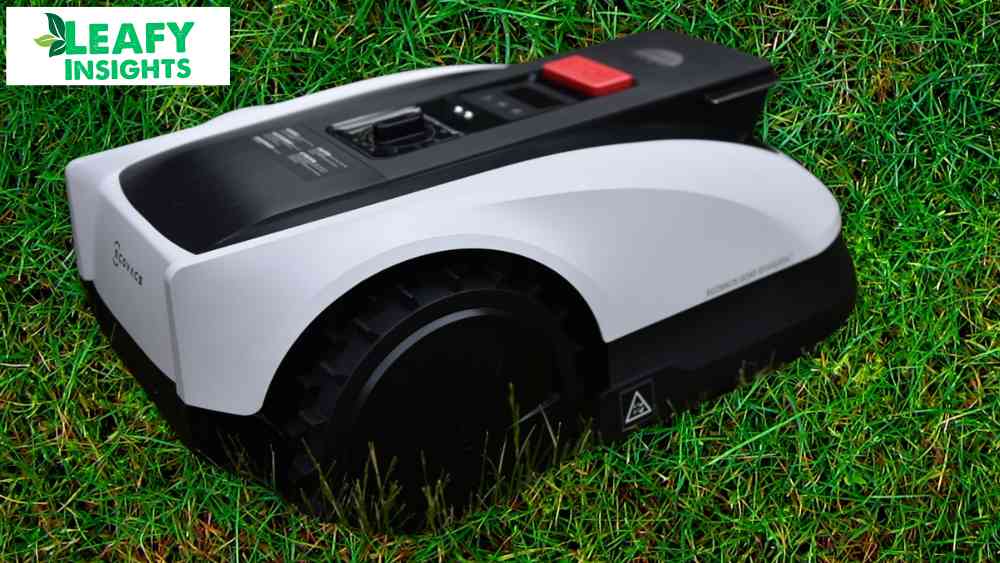
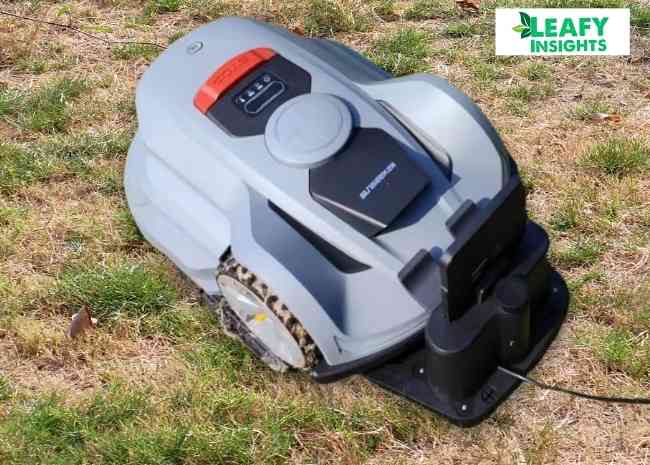
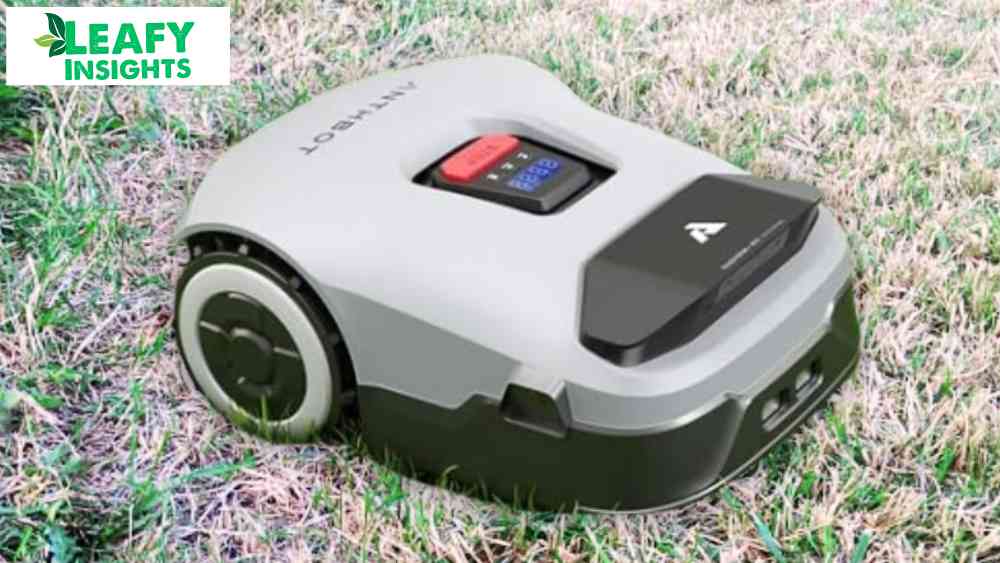
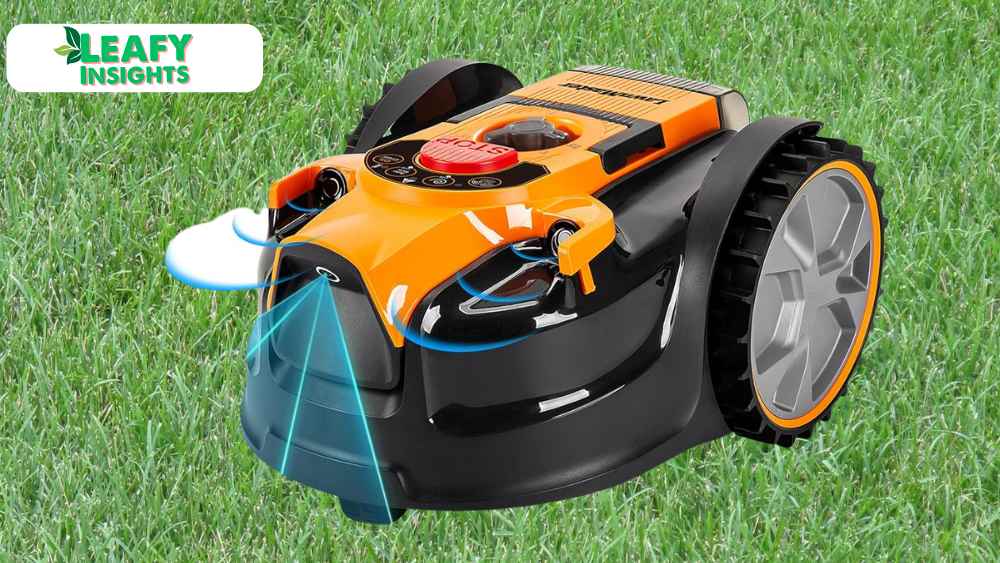

Leave a Reply